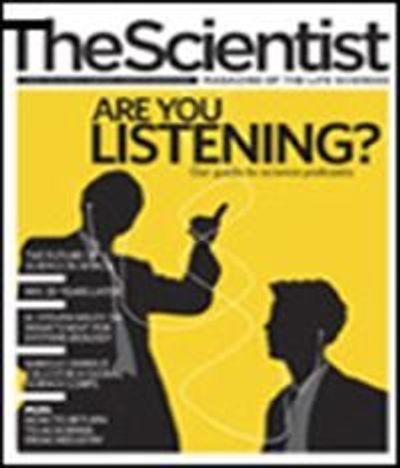
Since the term was coined a decade ago, lipid rafts have turned out to be slippery characters. While conceptually appealing - picture a lipid platform recruiting key proteins to carry out membrane functions such as signaling or endocytosis - basic questions remain as to what really pulls proteins and lipids together in these membrane domains.
Now, in what biophysicist Anne Kenworthy of Vanderbilt University calls "a big splashy paper," an outsider to the field rebuffs the idea that lipids drive the coalescence of membrane components (as in model 1). Using single-molecule fluorescence imaging to follow proteins in the membrane, Ronald Vale at the University of California, San Francisco, showed that protein-protein interactions are the major force responsible for localization at T-cell receptor (TCR) signaling domains.
Protein-Protein or Lipid-Protein
Better known for his work on molecular motors, Vale broke into lipid rafts and T cells looking...
Interested in reading more?




